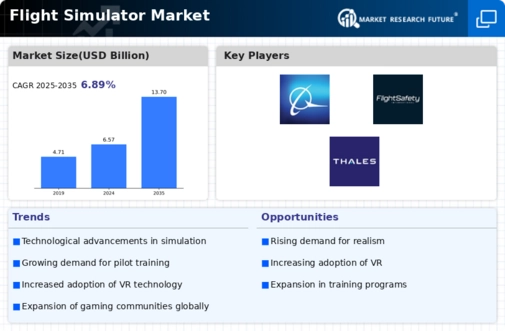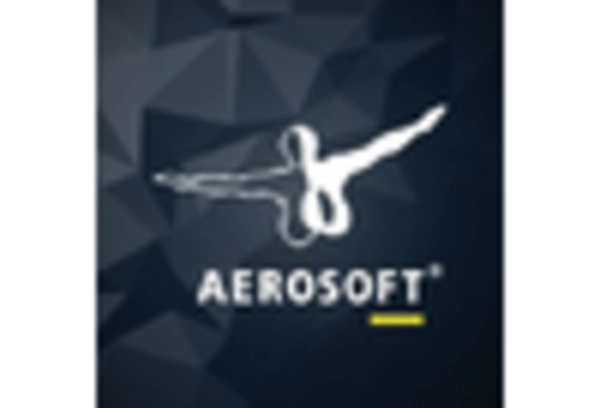Market Share
Flight Simulator Market Share Analysis
Flight simulator is an important segment of the aviation industry and it has been experiencing a steady growth due to technological advances and increasing demand for pilots training. In this competitive environment, companies use various strategies for market share positioning to establish strong foot and gain competitiveness. Product differentiation is a significant strategy in the Flight Simulator market. Firms aim to differentiate their simulators by incorporating cutting-edge technologies, realistic graphics and sophisticated training models. Whether we’re talking about software that replicates the most complex cockpit systems or creating memorable virtual environments, differentiation is critical to attract aviation training centers, airlines and defence agencies searching for the best simulation technologies available. Another major strategy adopted by companies in the Flight Simulator market is cost leadership. The considerable investment in simulator development calls for companies to ensure that production processes are optimized while the cost of manufacturing is reduced, and economies operate at scale. This approach allows them to provide affordable solutions without sacrificing quality, which makes their simulators more attractive for a wider array of customers, including smaller training facilities. Market share struggles in the Flight Simulator industry are heavily influenced by strategic partnerships and collaborations. Companies often partnered with aircraft manufacturers, aviation training centres and regulatory bodies to make sure that their simulators met industry standards as well as requirements. These partnerships increase not only the credibility of simulators but also widen their market reach as they fit into aviation training ecosystem very well. Companies use a targeted approach to tailor their services or products for particular needs in the Flight Simulator market known as Market segmentation. To address the varied needs of civil aviation, military training and general aviation companies design their simulators to meet certain niche markets. By targeting niche markets with specific solutions – like specialized fixed-base simulators for commercial pilots or full-motion ones for the military training, companies can be successful in occupying certain market niches. One of the main strategies for companies looking to enhance their market share in relation to Flight Simulator is global expansion. As demand for aviation training rises globally, companies tactically make inroads into new markets by gauging local regulatory environment, modifying their simulators to suit regional laws and developing a strong distribution network.


















Leave a Comment